I continue to simplify my own garden and streamline its maintenance. And I am increasingly conscious of what needs water and what can thrive on not just gardeners neglect but also in dry conditions. I am filling spaces with things that, over time, won’t require weeding, and I am constantly looking for plants that are beautiful with easy care in the interest of reducing my mulch usage, I am looking for ground-covering plants that will similarly help to hold moisture in the soil.
Expert Garden Design Advice for Adding Garden Ground covers
On the topic of ground covers, I wanted to share with you some expert advice from garden designer Joanne Neale, who, like me, has reservations about the overuse of mulch.
Mulch is expensive and time-consuming, and with the addition of more perennial ground covers, it is easy to take a less-is-more stance on mulch use. Mulch is a necessary tool that can and should be attractive, but it is not a celebrated design element in any self-respecting garden. And, over time, as a garden matures, ideally, there is a decreasing need for mulch. Density of planting is the best way to control weeds, retain moisture, and create a climate-friendly and adaptable landscape.
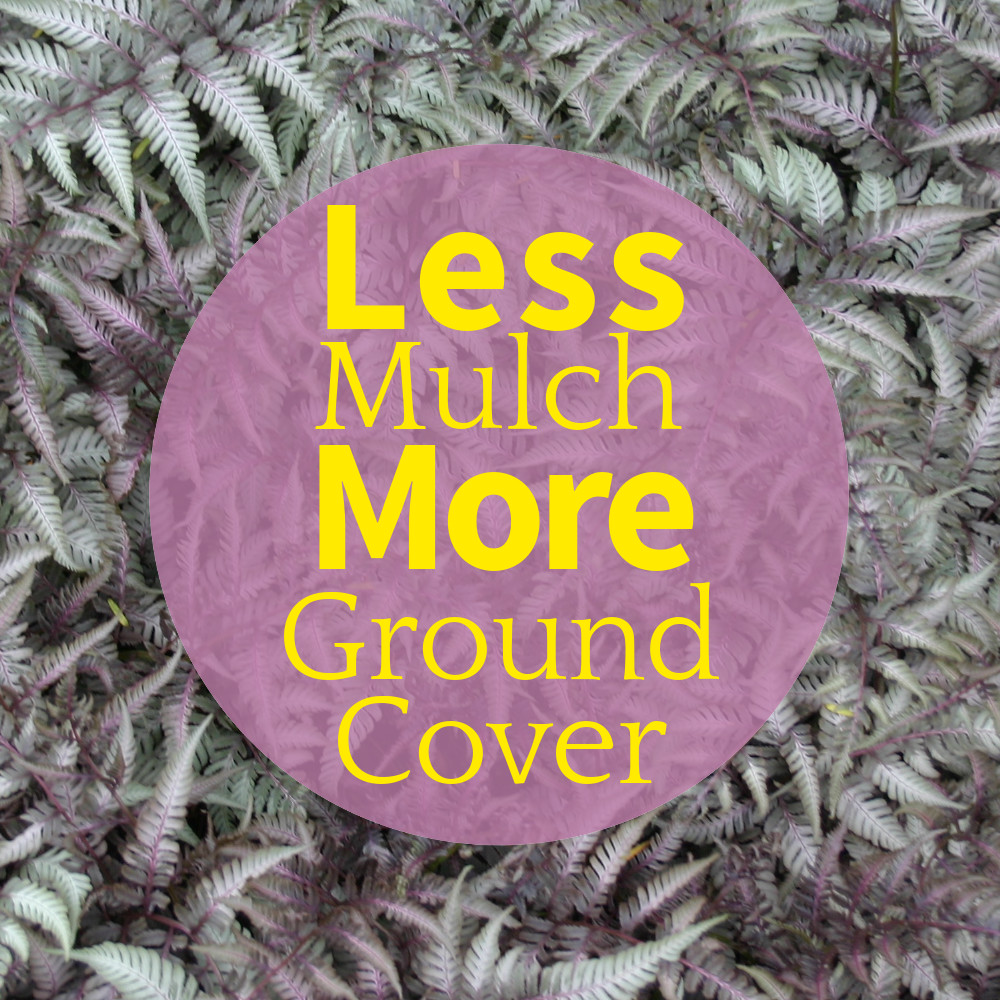
It is understandable that when you first plant a new garden, you will need mulch to help cover the bare soil and give the new plants a leg up on encroaching weeds. But within a few years (maximum), you should aim to have NO EXPOSED SOIL. Exposed soil means you will have to add lots of extra time and expense to keep the weeds at bay. More desired plants will keep out the undesirable plants so plant more, mulch less.
Q: How to use less mulch?
A: Ground covers.
As you are adding plants to your garden, remember to be patient.
I remember the first time I heard the oft repeated gardener’s maxim, “First year they sleep, the second year they creep, and the third year they leap”.
It was told to me by a friend’s mother, who is an avid daylily breeder with a mind-boggling New Hampshire garden.
I’ve since enjoyed reassuring myself and others (namely clients and students) with this saying – I love that it is basically true, but find it amusing that because it rhymes I think people seem to put more stock in it’s wisdom.
Let’s hear from Joanne on how to get ground covers going in the garden:
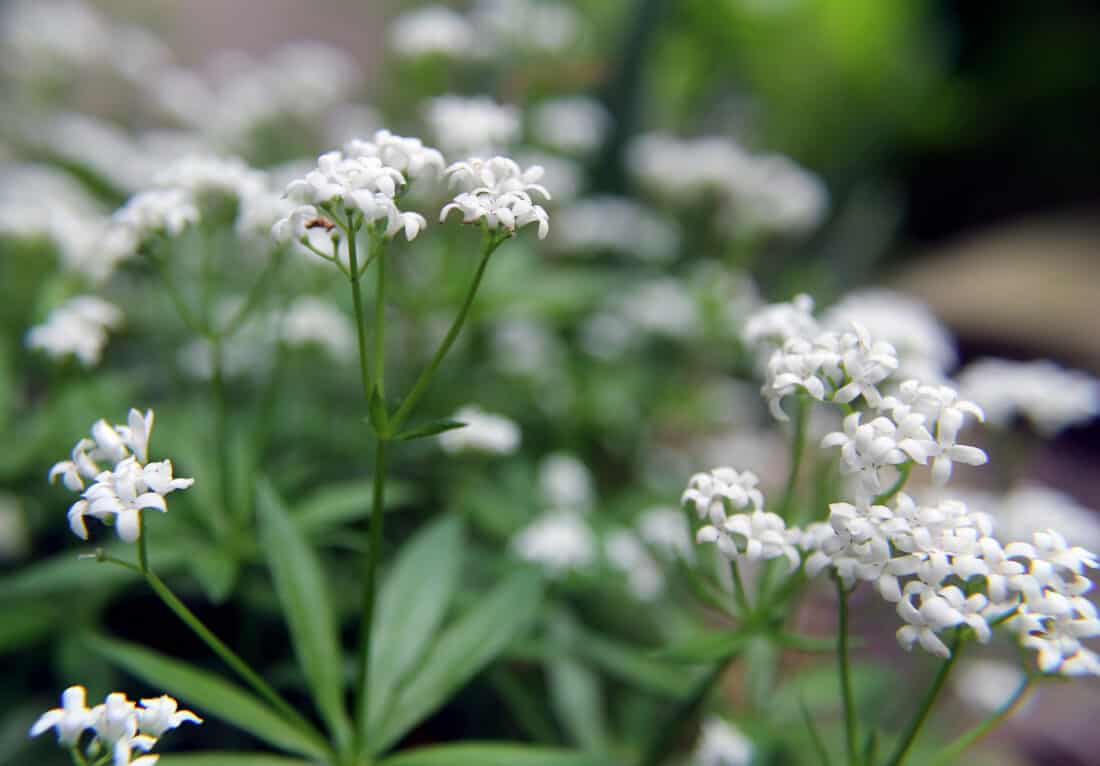
How to establish ground covers in your garden
I promise, ground covers will make your gardening life easier – but only if you do it right. Here are some important things to remember before you start replacing your boring old mulch with fabulous new groundcovers.
1) Check your soil and site conditions.
Is the area sunny, shady, or in-between? Wet, dry, or in-between? Make sure you understand what is going on below ground, before you start planting.
2) Eliminate all invasive weeds before starting!
If you have a stand of the dreaded Bishop’s weed (Aegopodium podagraria – also known as goutweed or snow-on-the-mountain) or another invasive, eliminate it first. If you don’t, your desired ground cover will probably never succeed. Digging, burning, spraying, and smothering are all options—use whichever you prefer.
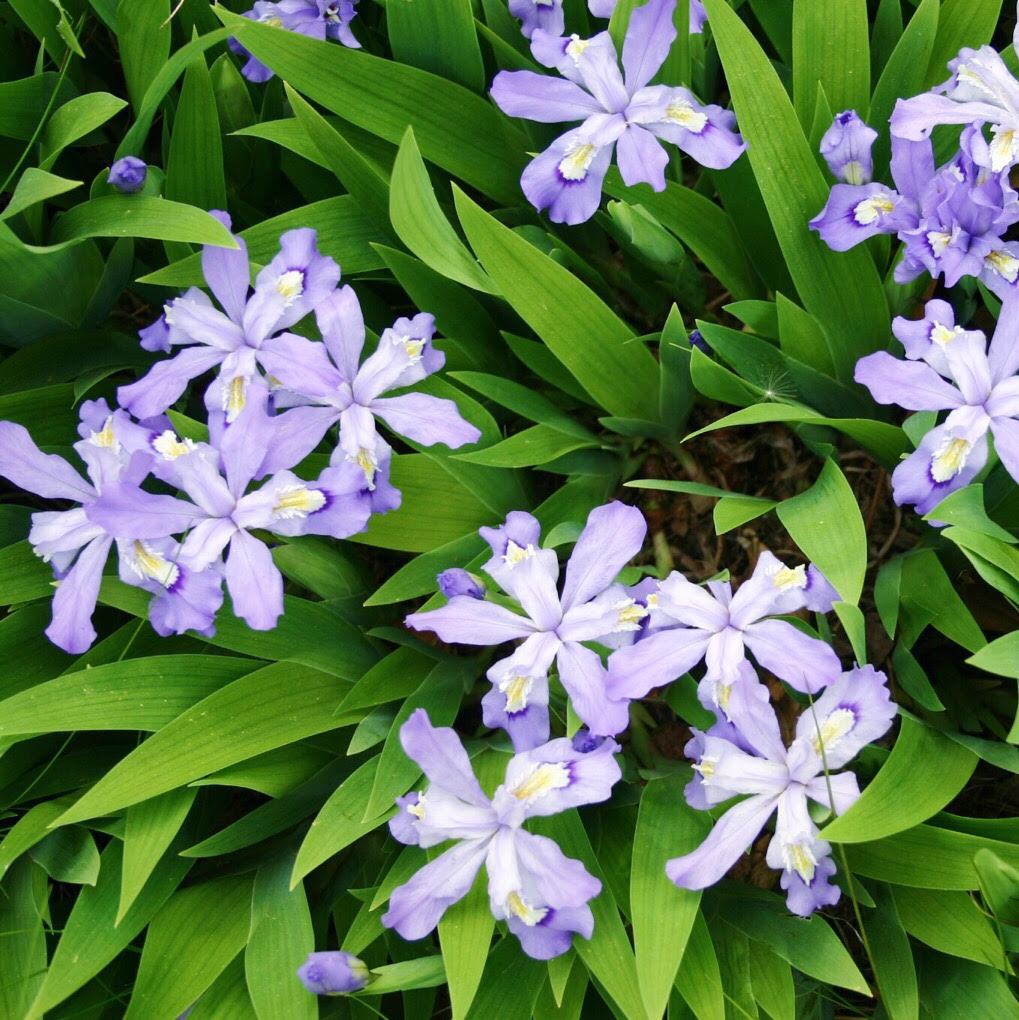
In Doug Tallamy‘s recent PITH + VIGOR skill session about insects, he compared invasive plants to cancer (he was not being hyperbolic – we have to get them under control, or they will kill our ecosystems). And he likened glyphosate (Round-up) to Chemotherapy – unpleasant and awful but less bad than dying of cancer.
3) Prepare the soil to ensure success.
I like to dig in a healthy addition of compost or leaf mold to each hole when planting my new ground cover plants. It’s best not to rototill or dig up the entire bed, as this will expose weed seeds that will sprout; it may also damage shallow roots of neighboring trees and plants like azaleas and rhododendrons.
4) Plant at the best time for success.
Give your new plants a month or more of cool, rainy weather to start, and they will do fine without a lot of extra attention. For New England, this means you should plant no later than the middle of May for spring planting or the middle of October for fall planting. Remember to water during dry spells, and don’t stop until the ground freezes in winter.
5) Space your ground cover plants properly.
It is worth doing a little research before choosing a new groundcover plant, to ensure you are spacing for optimum coverage.
Many nurseries will provide a suggested spacing table. Reading about the plant will also give you an idea of the ultimate spread. I tend to round down (sometimes I even half the recommendation) to ensure that I will have good coverage as quickly as possible. It doesn’t hurt your plants – and you can always move them and re-space them later after the garden has matured.
Woody plants should not, however, be spaced too close, as they will resent future crowding – plant according to their mature width.
For perennials and spreaders, adjust the spacing to suit your patience level.
6) Mulch (sorry, yes) until it is no longer necessary.
Finish up by mulching the entire bed with 2-3” of nutritive material (compost, shredded leaves, fine aged bark mulch) to conserve moisture and encourage plants to spread.
Don’t forget to weed early and often to prevent your new plants from being crowded out by more aggressive undesirables.
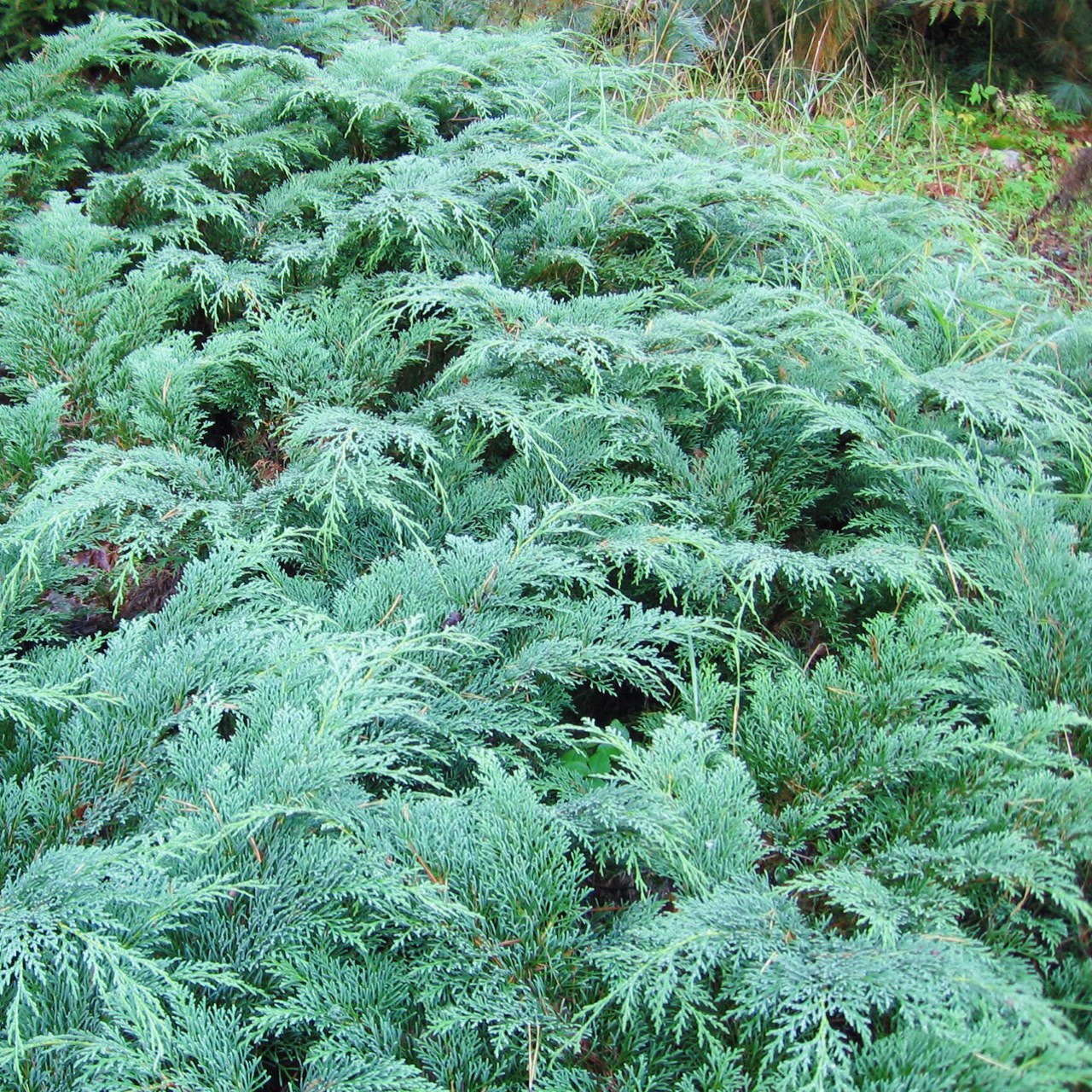
For more ideas see my full list of ground cover and mulching plants that can be used in a variety of situations (full sun, shade, part shade, etc):
Now, I’d love to answer your questions! What do you want to know about growing ground covers or using mulch? Leave a comment and let me know.
Share this Post:
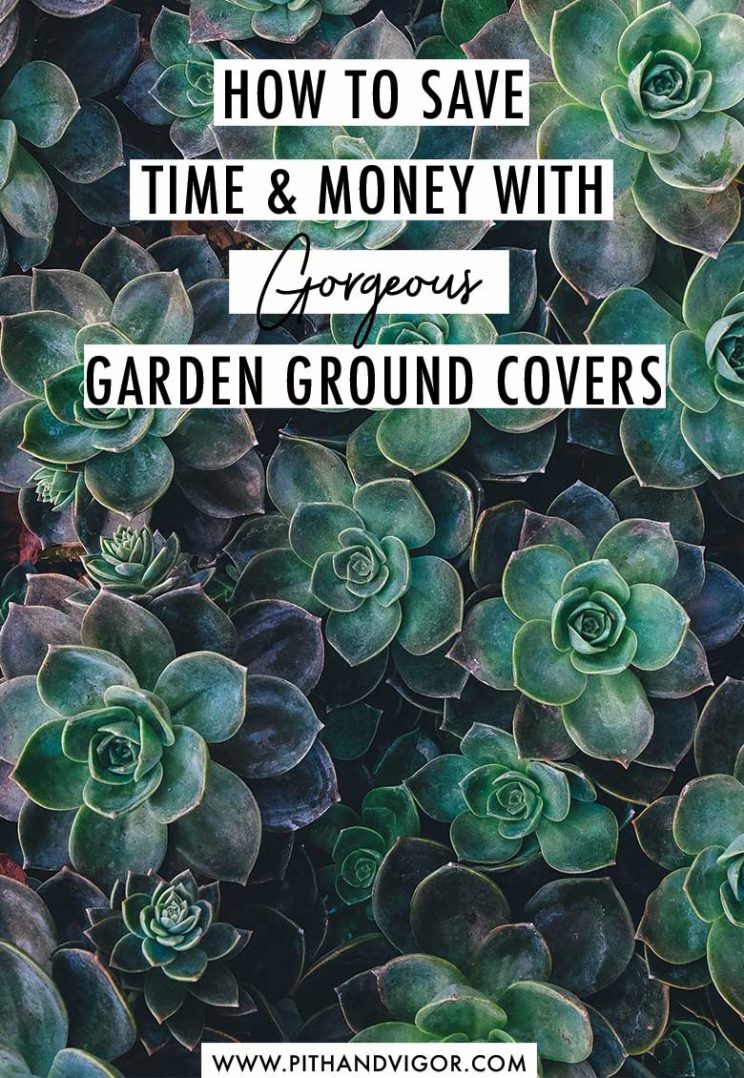
Ground covers is the base of any yard, choosing the right cover to use is imperative. This is a great review of the issues that need to be considered. Thanks for sharing
Weeds ugh – no matter whats covering it you seem to get them. Even with artificial turf – which I use alot, you’ll see some weed growth around the edges. Drainage does seem to help!
Everybody always tells me it takes me too long to start planting. I want to make sure I remove all the weeds before I start plantings. I rather spend more time weeding at the beginning, than catching up for the rest of the season, trying to maintain the garden.
Hello Rochelle, Thank you for sharing your expert advice regarding the Ground Covers. Till now we were in the image that more you mulch, better is your crop but certainly after reading your blog you had curtailed the veil of the mainstream thoughts. I hope that this ground covers has also made the gardening easier of a layman.